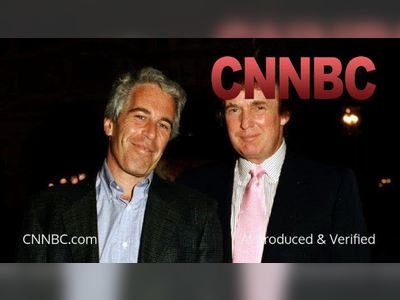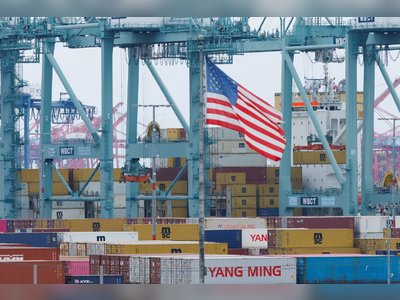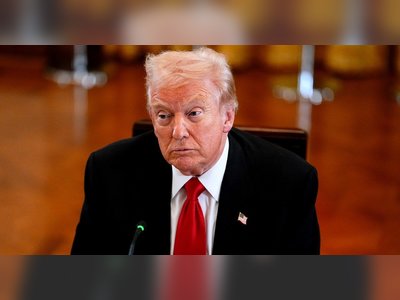Trump Vows $2,000 Tariff-Dividend to Americans as Administration Probes Mechanism
White House affirms President Donald Trump’s commitment to $2,000 payments funded by tariffs, as Treasury signals uncertainty over details and feasibility
President Donald Trump remains steadfast in his pledge to deliver a “tariff dividend” of at least two thousand dollars per American, financed through revenue generated by U.S. import duties, according to White House press secretary Karoline Leavitt.
She told reporters the president’s economic team is actively exploring ways to implement the proposal, though she did not provide specifics of how the payments would be structured or distributed.
The statement comes after Trump’s social-media post last week in which he declared: “A dividend of at least $2,000 a person (not including high income people!) will be paid to everyone.” He tied the plan directly to his administration’s aggressive tariff policy and claimed collections from those duties would enable relief for American households and reduction of the federal debt.
Treasury Secretary Scott Bessent offered a more cautious tone.
He confirmed that no direct conversation with the president has taken place about the mechanics of full payments and said the dividend ‘‘could come in lots of forms’’ — for example, tax-cuts such as elimination of taxes on tips, overtime, or Social Security benefits.
He also suggested the benefit may be targeted at households under approximately one hundred thousand dollars in annual income.
Analysts warn that the scale of the ambition may exceed current resources.
Government tariff revenue for the fiscal year to date stands near one hundred ninety-five billion dollars, while a universal two thousand-dollar payment could cost around three hundred billion dollars if applied to roughly one hundred fifty million Americans.
Further complicating matters, legal challenges to the president’s tariff authority are pending at the Supreme Court; a ruling against the administration could trigger refund obligations to importers and reduce available revenues.
Despite these headwinds, the White House emphasised that the programme is both desirable and achievable and that the president remains ‘‘committed’’ to delivering on his promise.
While Congress must authorise any direct payments, the administration appears intent on pressing ahead with the concept as part of its broader economic agenda of rewarding domestic manufacturing and sharing gains from trade policy with U.S. households.
She told reporters the president’s economic team is actively exploring ways to implement the proposal, though she did not provide specifics of how the payments would be structured or distributed.
The statement comes after Trump’s social-media post last week in which he declared: “A dividend of at least $2,000 a person (not including high income people!) will be paid to everyone.” He tied the plan directly to his administration’s aggressive tariff policy and claimed collections from those duties would enable relief for American households and reduction of the federal debt.
Treasury Secretary Scott Bessent offered a more cautious tone.
He confirmed that no direct conversation with the president has taken place about the mechanics of full payments and said the dividend ‘‘could come in lots of forms’’ — for example, tax-cuts such as elimination of taxes on tips, overtime, or Social Security benefits.
He also suggested the benefit may be targeted at households under approximately one hundred thousand dollars in annual income.
Analysts warn that the scale of the ambition may exceed current resources.
Government tariff revenue for the fiscal year to date stands near one hundred ninety-five billion dollars, while a universal two thousand-dollar payment could cost around three hundred billion dollars if applied to roughly one hundred fifty million Americans.
Further complicating matters, legal challenges to the president’s tariff authority are pending at the Supreme Court; a ruling against the administration could trigger refund obligations to importers and reduce available revenues.
Despite these headwinds, the White House emphasised that the programme is both desirable and achievable and that the president remains ‘‘committed’’ to delivering on his promise.
While Congress must authorise any direct payments, the administration appears intent on pressing ahead with the concept as part of its broader economic agenda of rewarding domestic manufacturing and sharing gains from trade policy with U.S. households.











